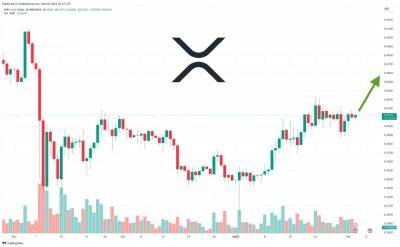Ethereum's Shanghai fork is coming — but it doesn't mean investors should dump ETH
Ethereum’s next big upgrade, Shanghai, is on the horizon for March. The Shanghai hard fork will implement further improvement proposals for the Ethereum network as well as enable Ether (ETH) stakers and validators to withdraw their assets from the Beacon Chain.
At the time of writing, staked ETH represents approximately 14% of the total supply, or 16 million coins. It equates to over $25 billion at ETH’s current price, a substantial sum that will gradually become liquid following the fork.
Some ETH stakers have waited over three years to withdraw their rewards. Does that mean most of them will line up to withdraw and sell their ETH as quickly as possible? This scenario is improbable. There are numerous reasons why investors shouldn’t be concerned about the impending update, and even more why most Ethereum stakeholders will increase their investment into staking following Shanghai.
Although ETH is the second-largest cryptocurrency by market cap, Ethereum is the leading proof-of-stake (PoS) network. At the time of writing, it accounts for approximately 65% of the total value locked in decentralized finance (DeFi) protocols, sitting at around $48.7 billion.
Despite the current market, the amount of ETH deposited over time has continued to increase at a steady, stable rate, reaching over 500,000 validators in January 2023.
The staking yield remains stable and currently sits at about 5.45% annual percentage rate (APR). Therefore, new entrants should familiarize themselves with the overall yield compensation structure consisting of staking rewards, tips and maximal extractable value (MEV).
With MEV-Boost, stakers can increase their rewards 2x–3.5x over vanilla blocks. However, when demand for ETH is on the rise, it is tips and MEV
Read more on cointelegraph.com
















